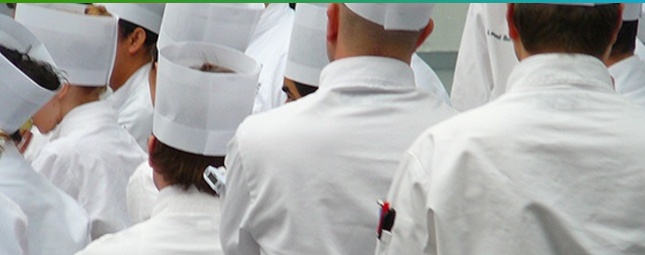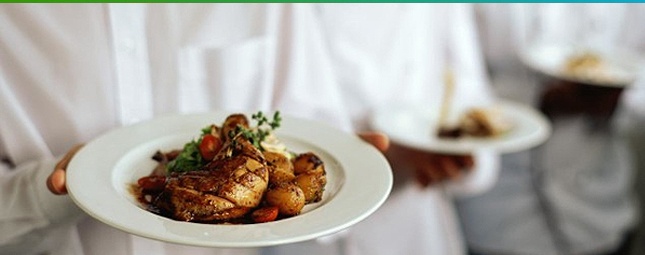Food Waste Intelligence

It’s like any other priority in the kitchen: if chefs and managers don’t reinforce the message that food waste prevention matters, staff can easily lose focus. Your daily or weekly pre-shift meetings are one of the best opportunities to reinforce your priorities. Here are a few ways to keep your team focused on food waste.
Read More >>
We’ve all been to a catered event, whether it was a buffet or a plated meal, a business luncheon or a wedding reception, a breakfast line brimming with scrambled eggs and bacon or a break table piled high with pastries. But I’ll bet you’ve never been to a catered event that ran out of food. Overproduction is a given for most caterers, because if they run out of food, there’s not a kitchen in the back to prep anything more. This type of food waste is the inconvenient truth of running and organizing a catering event. All the chefs, plan...
Read More >>
I often get asked, “Chef, how can I motivate my staff to track their food waste?” It’s a good question, and one that comes up often. My simple answer usually is “You can’t.” I am a firm believer that you can’t motivate, but you can inspire. Motivation vs. Inspiration is a well documented topic and one that often leads me back to heated debates I used to get into when I served as the Dean of Culinary. Culinary leaders and chefs often fail to understand a simple fact of human nature: people are intrinsically motivated beings. My student...
Read More >>
Great knife skills--most chefs have them. Knives are the tools of our trade and when put in the hands of skilled craftsman, it is a beautiful thing to watch. I remember watching Iron Chef years back and witnessing Iron Chef Sakai peel an apple with a chef's knife that still amazes me to this day. The years and years it took to acquire that skill is impressive. Knife skills are the fundamental building block of any chef's career. It's the first thing that is taught to students in culinary school and it takes years to become proficient ...
Read More >>
As a chef I have had actual nightmares about running out of food. The kind of nightmares that wake you up in a sweat, with your heart beating out of your chest. The panic, the fear, the thought of facing angry customers because you are out of a menu favorite. Yep, the fear is real for chefs. With the relatively new voice of the consumer via social media—Yelp, Instagram, Facebook, blogs etc.—the chef and the restaurant are under constant scrutiny. And for many chefs, the backlash that can come from the public for an item being out on a...
Read More >>